Market Share
Transfer Case Market Share Analysis
The transfer case market is experiencing significant trends that reflect the evolving dynamics in the automotive and off-road vehicle sectors. One notable trend is the growing demand for advanced and technologically sophisticated transfer cases. As vehicle manufacturers strive to enhance the performance, efficiency, and versatility of their products, there is a heightened emphasis on integrating transfer cases with smart technologies, electronic controls, and advanced materials. This trend is driven by consumer preferences for vehicles that offer seamless transitions between two-wheel drive and four-wheel drive modes, along with enhanced traction control features.
Technological advancements play a crucial role in shaping market trends within the transfer case industry. The integration of electronic and electromechanical components is becoming more prevalent, enabling faster and more precise engagement of different drive modes. Smart transfer cases equipped with sensors, actuators, and electronic control units contribute to improved off-road performance, fuel efficiency, and overall driving experience. The industry is witnessing innovations such as torque vectoring, adaptive terrain response systems, and electronic limited-slip differentials integrated into transfer cases to meet the evolving demands of modern vehicles.
The market is also witnessing a shift towards lightweight materials in transfer case manufacturing. Manufacturers are exploring alternatives to traditional materials to reduce the overall weight of transfer cases, contributing to improved fuel efficiency and vehicle dynamics. The use of materials like aluminum and high-strength alloys enhances the strength-to-weight ratio of transfer cases, aligning with the automotive industry's broader trend towards lightweighting for better performance and fuel economy.
Another key trend in the transfer case market is the increasing demand for all-wheel-drive (AWD) and four-wheel-drive (4WD) systems across a wide range of vehicle segments. Consumers are seeking vehicles that provide enhanced traction, stability, and off-road capability, driving the adoption of transfer cases in various types of vehicles, including SUVs, crossovers, trucks, and even passenger cars. The versatility offered by transfer cases is becoming a key selling point for automakers looking to cater to diverse customer preferences.
The market is influenced by the rise of electric and hybrid vehicles, prompting innovations in transfer case technology to accommodate the unique requirements of these powertrains. Electric and hybrid vehicles often feature multiple electric motors for individual wheel control, leading to the development of transfer cases with integrated electric drive units. This trend reflects the industry's adaptation to the changing landscape of propulsion systems and the integration of transfer cases into electrified vehicle architectures.
Globalization and the expansion of automotive markets in emerging economies are contributing to market trends in the transfer case sector. As off-road capabilities and all-wheel-drive systems gain popularity worldwide, manufacturers are tailoring transfer case designs to meet the specific demands of different regions. This includes developing transfer cases that can handle diverse terrains, climatic conditions, and driving preferences, reflecting the globalization of automotive platforms and technologies.
The aftermarket segment is playing a crucial role in shaping market trends for transfer cases. With an increasing number of vehicle owners seeking upgrades or replacements for their transfer cases, the aftermarket is witnessing a surge in demand for high-performance and durable solutions. This trend is driven by off-road enthusiasts, aftermarket modification enthusiasts, and fleet owners looking to enhance the capabilities of their vehicles through upgraded transfer case options.
Market trends are also influenced by regulatory standards and emissions requirements. Manufacturers are working towards developing transfer cases that contribute to improved fuel efficiency and reduced emissions, aligning with global efforts to address environmental concerns. The industry's commitment to meeting stringent standards ensures that transfer cases play a role in enhancing the overall sustainability of vehicles.
In conclusion, the transfer case market is undergoing transformative trends driven by technological advancements, the shift towards smart and lightweight solutions, the increasing demand for AWD and 4WD systems, adaptation to electric and hybrid vehicles, globalization, the aftermarket segment, and regulatory considerations. As the automotive industry continues to evolve, transfer cases are expected to play a crucial role in meeting the diverse needs of vehicles in terms of performance, efficiency, and off-road capabilities.

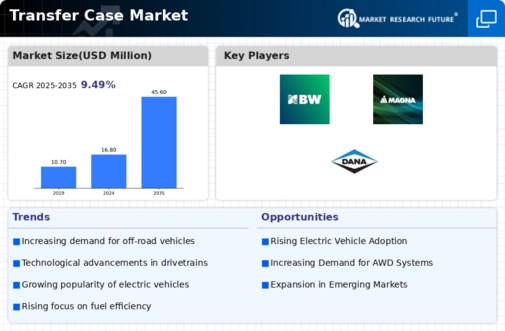
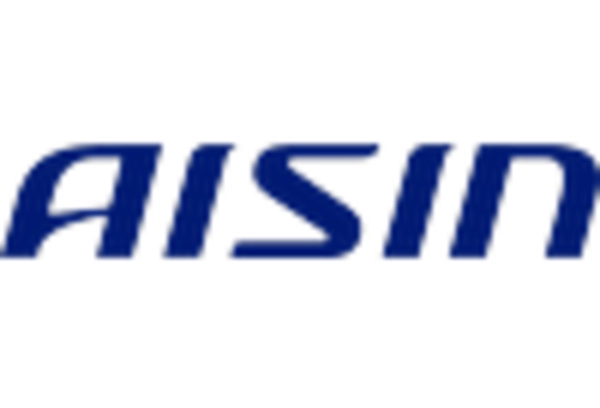

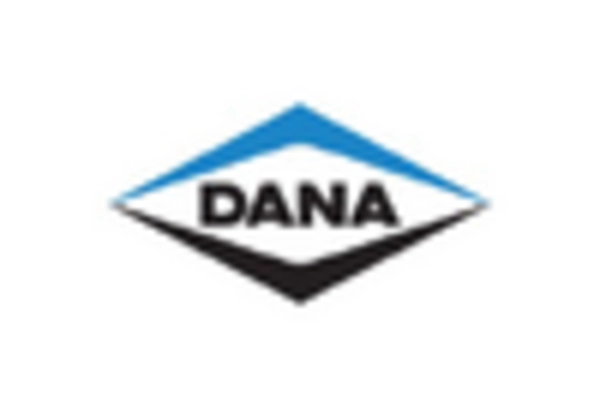
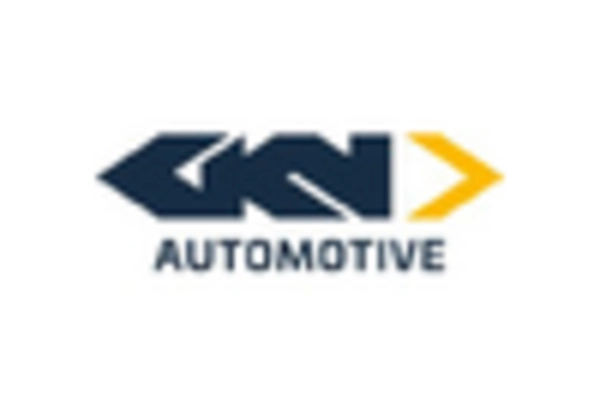

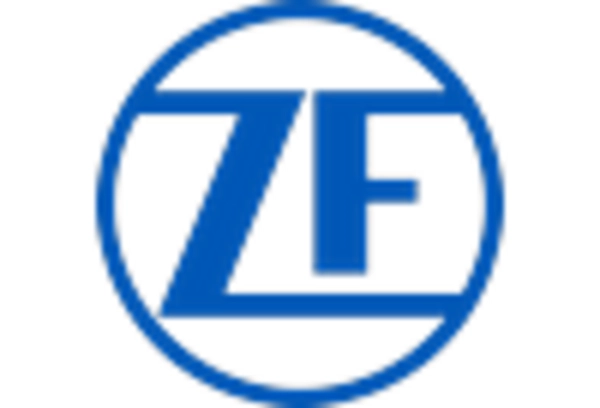









Leave a Comment